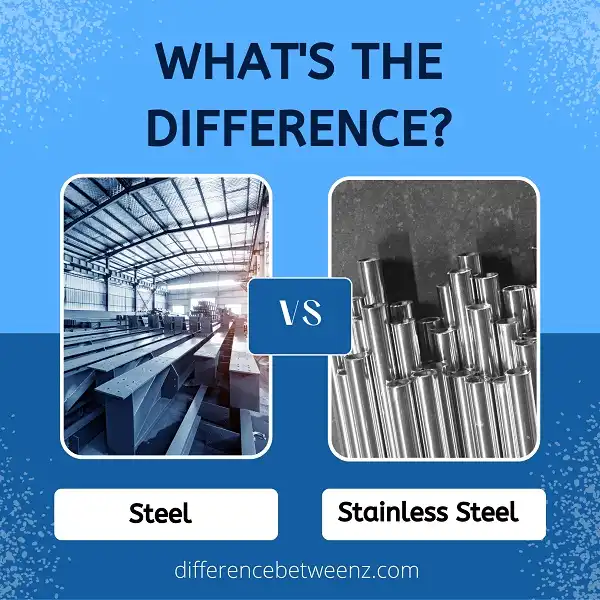Steel vs. Stainless Steel
What is the Difference Between Steel and Stainless Steel? Steel is a very popular material. Its use extends to the most varied contexts, first because it is cheap and secondly because it is easily found.
In addition, the fact of being highly resistant makes its use somewhat very versatile.
Steel is often used in constructions, but it also has a wide variety of applications; likewise, this material is not limited to a single type.
Do you know what types of steel there are and what is the difference between steel and stainless steel?
Difference between Steel and Stainless Steel
If you have doubts about it or just search for a bit more information that complements what you already know, then continue reading, because below we explain everything you want and need to know about this interesting topic.
Steel
Steel is an alloy of metals, which means it is created by mixing different elements.
The primary basis is iron and the second most common is carbon, which contributes more than 2.1% of the weight of this material.
For example, the base element must be iron and must contain carbon; since this is how the high resistance characteristic of this material is guaranteed.
Modifying the steel’s ingredients can have a significant impact on its hardness, ductility, and strength.
It is widely used in construction, especially in older buildings, general infrastructure, tools, boats, automobiles, machines, appliances, and weapons.
Stainless Steel
On the other hand, there is another type of steel, which is stainless steel.
This second type has all the properties of the first; however, it is not corrosive; which means that it cannot be oxidized.
This is achieved by a process in which 10.5% or more chromium is added to the metal alloy.
Chromium is highly resistant to corrosion because the oxide layers do not accumulate in it.
Once the steel is formed and the surface of the steel is damaged by exposing it to oxygen, then the layers tend to repair themselves and cover exposed parts in the process.
Finally, it is important to note that despite the name, stainless steel is not completely “stainless” and can be stained if it is not well maintained.
It has a wide variety of applications, such as knives, forks, spoons, surgical instruments, and other industrial matters.


